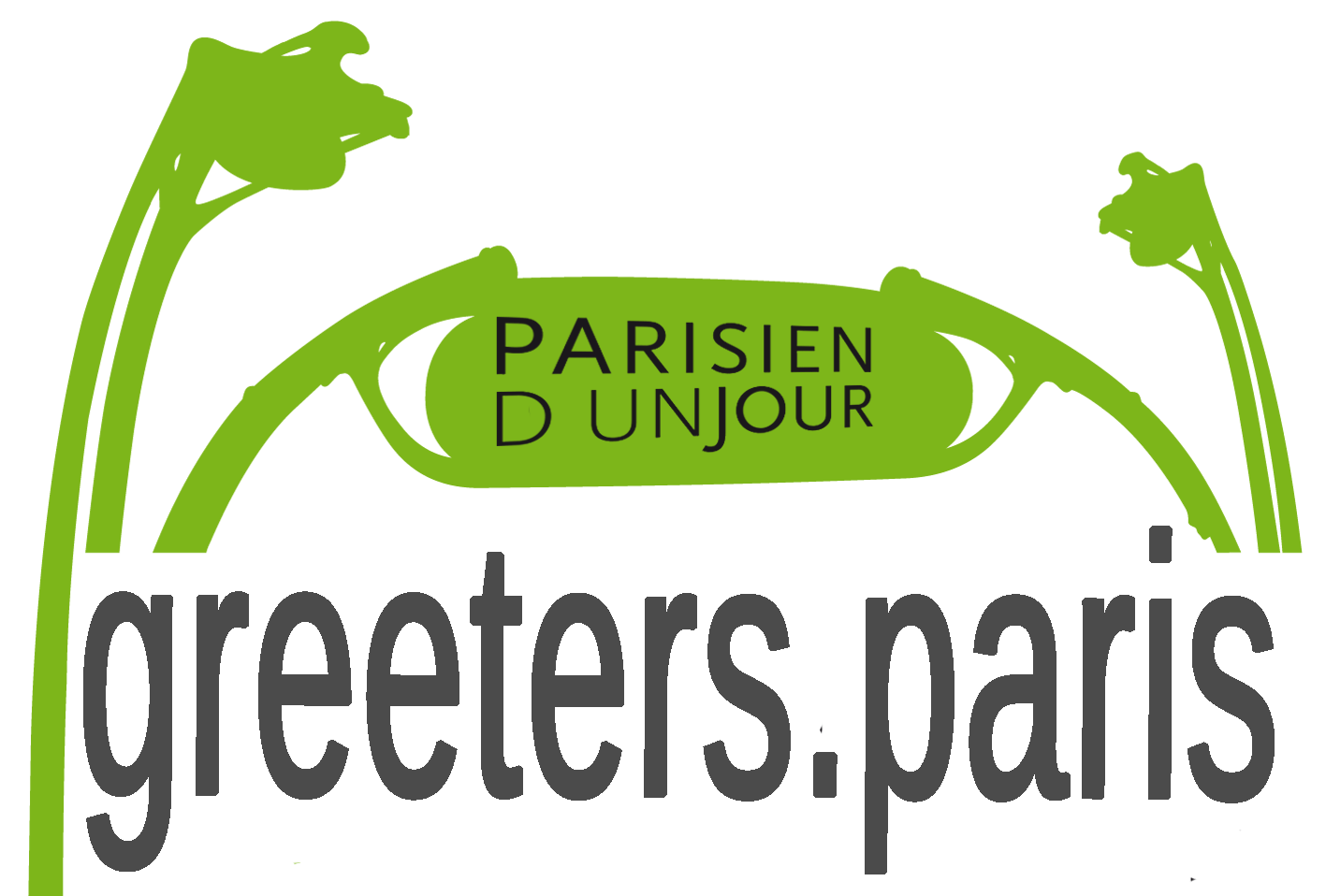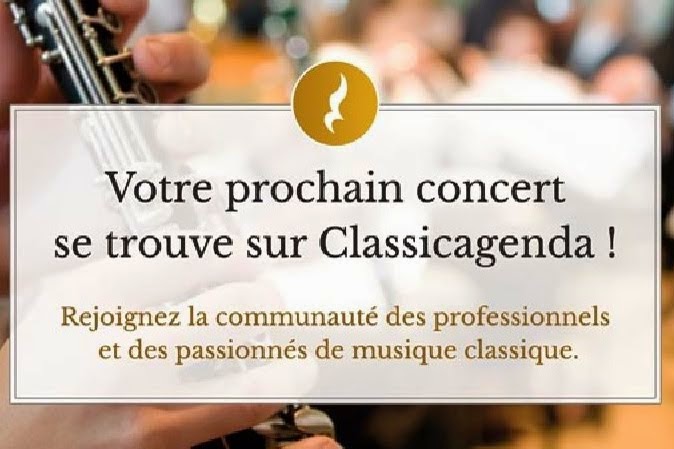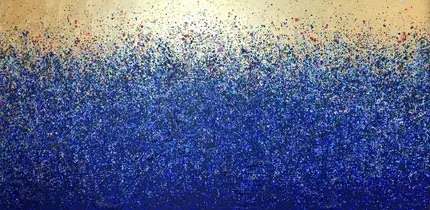This will
be post about a rather normal Paris street, Rue Boursault. First, however some
words about the area, referred to as Batignolles (see previous posts here).
We are
alongside the railway tracks from Gare Saint Lazare to the northwest, the first
French passenger lines from 1837 (see previous posts here and here). Below, we
can make a comparison of what this part of Paris looked like now (rather in
2012) and in 1860, the year when the Batignolles-Monceau area (and Montmartre,
Auteuil, Passy, Belleville…) became part of Paris, the number of arrondissements increased from 12 to 20 and the tax wall (Mur des Fermiers Généraux) (see
previous posts here) was demolished (see the green dotted line).
The rail
tracks are today in open air. On the 1860 plan we can see that they are partly
covered (slightly yellowed by me). In this then covered area there was in 1921 a
serious accident – two trains collided, fire… - with a large number of casualties.
It was decided to demolish the tunnel(s) and the buildings which were standing
on their top. We can rather easily see what was once the limit between the
covered and the open areas.
Coming back
to the Rue Boursault…It was named after a man, J-F Boursault-Malherbe (1752-1842), who
was actor, author, active during the Revolution (hardly survived), theatre
owner, business man, ornithologist… (By the way, the main character in the Guy
de Maupassant novel, Bel-Ami (published 1885), lived at Rue Boursault, overlooking
the rail tracks.)
So, let’s
make a walk from Square des Batignolles (see previous posts) to where the wall
once stood, Boulevard des Batignolles.
Although a
majority of buildings seem to be from the time just after 1860, a few a bit
older, a few with added floors…
… I feel
that this street is a typical example of a “normal” Paris street, where buildings
from different periods are mixed, where city planners have had the ideas that
the street in the future would be larger… meaning that the facades are often
not rectilinear and probably never will be.
Some more
remarkable buildings…
… like
these ones. The architect of the one to the right, René Auguste Simonet,
obviously died young, the same year as the building was finished in 1901, and I
have not found any other traces of works by him. He was clearly an art nouveau
adept, like Guimard (see previous posts here and here), Lavirotte (see previous posts here and here)… We can see
that the ceramist Alexandre Bigot contributed to decorate the façade, like he
did for most of the famous art nouveau buildings and later also for some modern
art architects like Auguste Perret (see previous post here), André Arfvidson
(see previous post here)… . What is
surprising is the narrow space, no. 66, between the two buildings, leading to a
house behind.
This one
actually stands here since 1839, once a covered market, today occupied by (Sorbonne)
university activities.
A fire
brigade… this is where you are invited the night preceding July 14th.
Getting
close to Boulevard des Batignolles we pass by what is marked as “Ecole Normale
des Institutrices”, from 1872, today part of Sorbonne, one of the places where
you learn to be a teacher.
… and we
finally reach the boulevard, with a view of Sacré Coeur, the “Rome” metro
station, the Condorcet school building.
Reverting to the rail tracks, the back side
of buildings along Rue Boursault… First some photos from what used to be the
covered part…
… and some
from the area which always was open. We can see that efforts have been made to
make the places as nice as ever possible, but the trains of course never stop.


































































